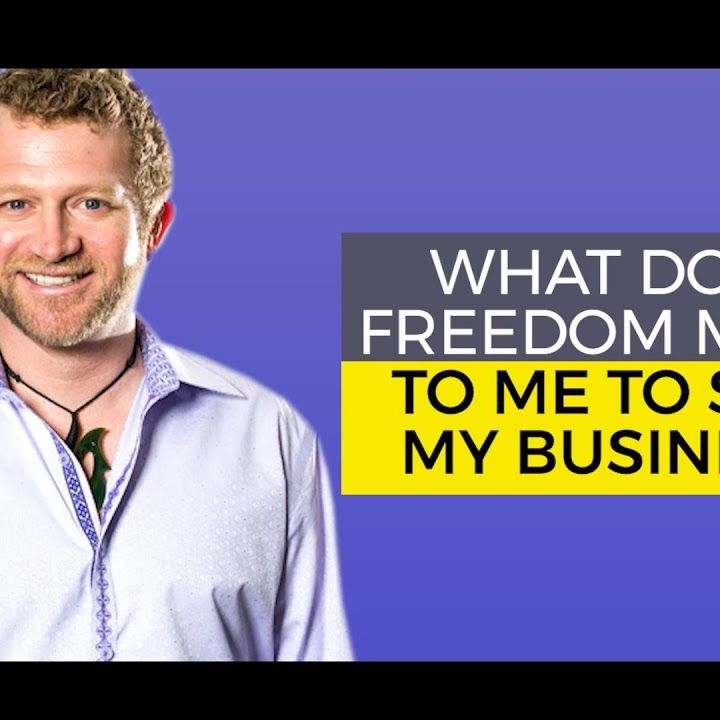To keep learning and advancing your career, the list below resources will be practical:.
Growth equity is frequently referred to as the personal investment strategy occupying the happy medium between endeavor capital and standard leveraged buyout methods. While this may hold true, the strategy has progressed into more than just an intermediate private investing approach. Growth equity is often described as the private investment technique occupying the happy medium in between equity capital and traditional leveraged buyout methods.
Yes, No, END NOTES (1) Source: National Center for the Middle Market. (2) Source: Credit Suisse, "The Incredible Diminishing Universe of Stocks: The Causes and Repercussions of Less U.S.
Alternative investments are financial investments, speculative investment vehicles financial investment are not suitable for appropriate investors - . An investment in an alternative investment entails a high degree of danger and no assurance can be provided that any alternative financial investment fund's financial investment goals will be accomplished or that financiers will receive a return of their capital.

This market details and its value is a viewpoint just and needs to not be trusted as the just essential info readily available. Information consisted of herein has been obtained from sources thought to be reliable, however not ensured, and i, Capital Network presumes no liability for the details offered. This info is the residential or commercial property of i, Capital Network.
they utilize utilize). This financial investment technique has actually helped coin the term "Leveraged Buyout" (LBO). LBOs are the primary investment strategy kind of the majority of Private Equity companies. History of Private Equity and Leveraged Buyouts J.P. Morgan was private equity investor considered to have made the first leveraged buyout in history with his purchase of Carnegie Steel Company in 1901 from Andrew Carnegie and Henry Phipps for $480 million.
As discussed previously, the most well-known of these deals Go here was KKR's $31. 1 billion RJR Nabisco buyout. This was the biggest leveraged buyout ever at the time, lots of individuals thought at the time that the RJR Nabisco deal represented the end of the private equity boom of the 1980s, because KKR's financial investment, nevertheless famous, was eventually a considerable failure for the KKR investors who bought the business.
In addition, a lot of the cash that was raised in the boom years (2005-2007) still has yet to be utilized for buyouts. This overhang of dedicated capital prevents lots of financiers from dedicating to invest in new PE funds. In general, it is approximated that PE firms manage over $2 trillion in assets worldwide today, with near $1 trillion in dedicated capital offered to make brand-new PE investments (this capital is often called "dry powder" in the industry). .
For instance, an initial financial investment could be seed financing for the company to start building its operations. Later on, if the business proves that it has a practical product, it can acquire Series A funding for additional growth. A start-up business can complete several rounds of series financing prior to going public or being obtained by a monetary sponsor or tactical buyer.
Top LBO PE companies are defined by their large fund size; they are able to make the largest buyouts and handle the most financial obligation. LBO deals come in all shapes and sizes. Overall transaction sizes can vary from tens of millions to 10s of billions of dollars, and can happen on target business in a variety of markets and sectors.
Prior to executing a distressed buyout opportunity, a distressed buyout company has to make judgments about the target business's worth, the survivability, the legal and restructuring issues that might occur (should the business's distressed assets need to be restructured), and whether the creditors of the target business will become equity holders.
The PE company is required to invest each particular fund's capital within a duration of about 5-7 years and then generally has another 5-7 years to offer (exit) the investments. PE companies usually use about 90% of the balance of their funds for brand-new investments, and reserve about 10% for capital to be utilized by their portfolio companies (bolt-on acquisitions, extra readily available capital, and so on).
Fund 1's committed capital is being invested with time, and being gone back to the restricted partners as the portfolio business in that fund are being exited/sold. As a PE company nears the end of Fund 1, it will need to raise a brand-new fund from new and existing minimal partners to sustain its operations.
